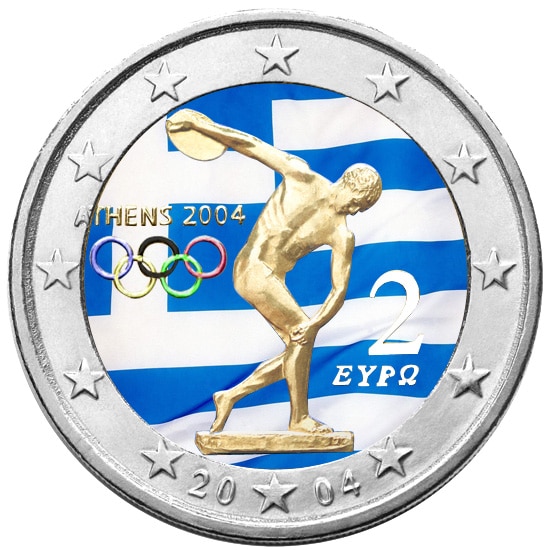
Greece’s Euro Features Historical Coin Motifs from 2,500 Years Ago

Since euro coins entered circulation in 2002, individuals have admired their unique designs. While one face of the coin remains consistent across all member states, the national side allows different European nations to highlight their distinct cultures. From renowned historical figures to cherished landmarks, the coins reflect the variety within the European Union. One notably intriguing design choice comes from Greece, which chose to emphasize its ancient heritage on its one-euro coin.
It showcases an owl that may be recognizable to enthusiasts of ancient coins, as it is inspired by one side of a 5th-century BCE currency. Known as a tetradrachm, this substantial silver coin became the unofficial standard throughout the ancient world, reaching far beyond Greece. Due to its size, it allowed for ample artistic expression, often utilized by politicians to convey messages. This has made them popular among coin enthusiasts, drawn by their intricate artistry.
This was evidently appealing to Georges Stamatopoulos, who was responsible for designing Greece’s coins. Stamatopoulos serves as an artist and engraver at the Bank of Greece. Although tetradrachms presented various designs depending on the era and minting location, Stamatopoulos concentrated on an Athenian tetradrachm. The coin’s remarkable design features the Greek goddess Athena on one side, accompanied by an owl next to an olive branch and crescent moon on the other.
Symbolically, the owl connects back to Athena, as it was an element of her symbolism. Indeed, Athena represents knowledge and wisdom, and her link with owls is what established the association between the bird and wisdom.
Therefore, the next time you find a €1 coin, make sure to turn it over to discover the historical lesson it may offer. You could be pleasantly surprised by the insights you gain.